2018 Range Rover Velar Review - Yup, It's Still a Range Rover

I’m normally among the first to roll my eyes when automakers speak about “brand identity” and other such marketing claptrap, but when Land Rover employees speak of how the new Range Rover Velar fits in with the brand, it is hard to deny that they’re being accurate. Whatever it is – or isn’t – the Velar has a certain feel about it that only its stablemates share.
More on that later. First, an introduction. For those that don’t know, the Velar is meant to slot between the Evoque and the Range Rover/Range Rover Sport in the Range Rover lineup. It’s also meant to be a more-stylish alternative to the slightly gawky Land Rover Discovery.
The Velar sits in a weird space in the luxury SUV landscape. Its closest competitor may be the Porsche Macan, but the two don’t line up exactly in terms of performance. Jaguar’s F-Pace, which shares its platform with the Velar, plays the part of both sibling and rival, while the Audi Q5 is also in the conversation. But price, specs, and mission vary among these four – as well as others, such as the BMW X4 and the Mercedes-Benz GLE-Class.
Land Rovers and Range Rovers are supposed to offer luxury, off-road capability, some on-road fun, and charming (and not-so-charming) British quirks. They’re also sometimes tarred with a reputation for spending more time in the shop than on the road.
One day with a vehicle is insufficient to address reliability, but a day behind the wheel is useful for sussing out other useful impressions. Such as whether the Velar is as Range Rover as its makers say it is.
Full disclosure: Jaguar Land Rover flew me out to Palm Springs, California, put me up in a nice resort in which each guest stays in their own bungalow, fed me several excellent meals, and offered myself and other journalists water bottles and hats. One of our dinners was held at a home once occupied by actor William Holden and later by actress Tippi Hedren.
The Velar is available with three powertrains: A 2.0-liter turbocharged gasoline four-cylinder that makes 247 horsepower and 269 lb-ft of torque, a 2.0-liter turbocharged diesel four-cylinder that makes 180 horsepower and 317 lb-ft of torque, and a 3.0-liter supercharged V6 that makes 380 horsepower and 332 lb-ft of torque. All pair with an eight-speed automatic transmission, and the Velar is all-wheel drive across the board.
I had the chance to drive all three, with the most seat time coming in the V6. As one might expect, it’s this one that provides the most punch for passing, but it’s also the heaviest version, at nearly 4,500 pounds. The Velar’s weight – it’s heavier than it looks – may be the reason why I wished for more grunt with all three engines, although I didn’t wish for it as much with the V6. Of the trio, it offered the most satisfying acceleration.
The other two engines underpin slightly lighter vehicles, but the petrol-fueled four underwhelmed and even the diesel, with over 300 lb-ft of torque, felt a bit underpowered. Either a little less weight or a tad more torque would be helpful.
Acceleration is just part of the picture, however. Diesels have come a long way since the days of the stinky and stanky ‘80s, and the one in the Velar was so damn quiet that I forgot I was driving an oil-burner. Even today’s quietest diesels usually give off a subtle hint of tell-tale clatter, but not this one.
Land Rover and supplier ZF also deserve props for the transmission – it’s a generally smooth unit that never hunted for gears or offered up clunky shifts.
In typical Rover fashion, the company sent us up into the Southern California mountains to see how the Velar handled twisty mountain roads and on an off-road trail that’s somehow considered a public “road.” This seemed an exercise in overkill, as most Velars will be spotted in upscale shopping malls and on boring boulevards in the high-rent district, but Rover likes to brag about capability and the brand was putting its money where its marketing mouth is.
On-road, the Velar exhibits behavior typical of many SUVs, most notably a bit of body roll. The amount is far from egregious, but it did sap a little of my confidence (the blind curves with no guardrails and long drop-offs on unfamiliar roads sapped the rest). Take that away, though, and the Velar was planted well enough, with a steering unit that offered appropriate weight and feel. Mid-corner adjustments posed no problems.
Is the Velar the first luxury SUV you’d pick for a canyon run? No, but it handled itself with more than enough aplomb.
The most interesting part of the drive was the off-road section. Common sense dictates that no automaker will willingly ask its cars to traverse a trail they can’t handle, so keep that in mind, but Range Rover wasn’t shy about putting us on a rock-filled, rutted road that few production vehicles could traverse unmodified. An available active rear locking differential is one of several available off-road components that help the Velar be an adept rock crawler
Few, if any, Velar owners will ever drive on anything more challenging than grass, but those who do decide to get dirty will find that their luxury crossover can tackle some pretty gnarly terrain. And do it while pampering you with available seat massagers.
We also spent some of our drive on the freeway and in town, and that’s where most Velars will spend the entirety of their lives. So, while it can tackle a rocky road and has competency in curvy canyons, the real question any Rover buyer will ask themselves is this: how does it pamper me? How much does the interior impress my friends? How comfortable is it?
The answers to those questions and all related inquiries are in the positive column. The Velar feels expensive, thanks to premium materials (with soft-touch in just the right places) and a touch-screen center stack with clear, sharp graphics. An available “premium textile” alternative to leather, developed in conjunction with European textile-maker Kvadrat (no, it’s not a vodka brand), looks and feels great, giving Rover buyers bragging rights over their moneyed buddies.
Let’s circle back to that the touchscreen for a sec. Floating beneath the main infotainment screen (there’s a storage area behind it), it’s used to control seat and climate functions, along with driving modes. It provides three knobs, one of which is for audio volume, and the display can be turned on or off easily. The rest of the infotainment controls rest up top in the upper screen (both measure 10 inches).
While it looks good, the screen has some issues – it’s a little too touch-sensitive, which leads to accidental button presses, and there’s a bit of a learning curve.
Attached to the steering wheel are more capacitive-touch buttons, controlling functions such as audio, phone, cruise-control, heated steering wheel (when so equipped), and lane-keep assist/lane-departure warning. These buttons worked well, with no complaints.
British build quality is sometimes viewed as suspect, and our early-production testers exhibited some large and misaligned panel gaps (see pic below) in the cupholder area. Speaking of cupholders, there are plenty both near the shifter and in the door panel.
Plenty also describes the amount of room, both front and rear and in terms of head and legs. Available reclining rear seats help, but even when in the upright position I had just enough headroom. The Velar is a roomy and comfortable place to ride.
As for noise, some tire noise got through, mostly at higher speeds, but it wasn’t excessive.
The Velar isn’t just good-looking on the inside. Its exterior shape isn’t particularly unusual – a sleek rectangle with some slightly rounded edges – but it’s handsome, especially with the available 22-inch wheels. It avoids the weirdness of the Evoque and the mild dorkiness of the upright Discovery and takes a fairly simple silhouette and makes it look good. Available trim details (copper coloring or black-out bits are among the choices) add some nice distinction. One particularly sharp combination is red paint with blacked-out wheels.
Trim choices are a bit confusing. On its consumer site, Range Rover lists three trims – Velar, R-Dynamic, and First Edition, all subdivided by “specification packs” such as S, SE, and HSE. Availability of each depends on which engine you select.
You get a range of wheel choices, too. 18-, 19-, 20-, 21-, and 22-inch wheels are all available.
The goodies list, both standard and available, is too long to fully list, but notables include Jaguar Land Rover’s activity key (a wristband that can lock and unlock the vehicle, letting you pursue outdoor activities without worrying about damaging the key fob), quad-zone climate control, rear-seat entertainment, Bluetooth, satellite radio, 360-degree camera, an off-road package, lane-keep assist, lane-departure warning, blind-spot assist, adaptive cruise control, traffic sign recognition, park assist, heated windshield, heated steering wheel, heated seats, cooled seats, seat massagers, premium audio … you get the picture.
A quick trip to the EPA website shows the Velar has fuel-economy ratings of 21 mpg city/27 mpg highway for the 2.0-liter gas model, 26/30 for the diesel, and 18/24 for the V6.
The Velar starts just shy of $50K and a First Edition will set you back almost $90K before selecting any options. The R-Dynamic starts at a tick over $60K. Compare that to the Macan ($47,800 or $55,400 for the S), the F-Pace (a hair over $40K for the four-cylinder, almost $60K for the V6), or the Q5 (base price of $41,500) or even the SQ5 (base: $54,300), and you’re on the upper end of the segment, along with the GLE-Class.
What you get is quintessentially Range Rover. Just about every good feature – and every flaw – of the Velar is reflective of the brand as a whole. It’s sexy, sleek, luxurious, and capable, but also expensive, heavy, and exhibits some potential build quality issues.
All of which makes it unquestionably a Range Rover. Sometimes “brand identity” isn’t just eye-roll inducing marketing BS. But only sometimes.
[Images © 2017 Tim Healey/The Truth About Cars]

Tim Healey grew up around the auto-parts business and has always had a love for cars — his parents joke his first word was “‘Vette”. Despite this, he wanted to pursue a career in sports writing but he ended up falling semi-accidentally into the automotive-journalism industry, first at Consumer Guide Automotive and later at Web2Carz.com. He also worked as an industry analyst at Mintel Group and freelanced for About.com, CarFax, Vehix.com, High Gear Media, Torque News, FutureCar.com, Cars.com, among others, and of course Vertical Scope sites such as AutoGuide.com, Off-Road.com, and HybridCars.com. He’s an urbanite and as such, doesn’t need a daily driver, but if he had one, it would be compact, sporty, and have a manual transmission.
More by Tim Healey
Latest Car Reviews
Read moreLatest Product Reviews
Read moreRecent Comments
- ToolGuy If these guys opened a hotel outside Cincinnati I would go there to sleep, and to dream.
- ToolGuy Michelin's price increases mean that my relationship with them as a customer is not sustainable. 🙁
- Kwik_Shift_Pro4X I wonder if Fiat would pull off old world Italian charm full of well intentioned stereotypes.
- Chelsea I actually used to work for this guy
- SaulTigh Saw my first Cybertruck last weekend. Looked like a kit car...not an even panel to be seen.

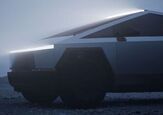
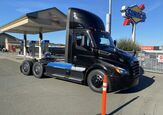

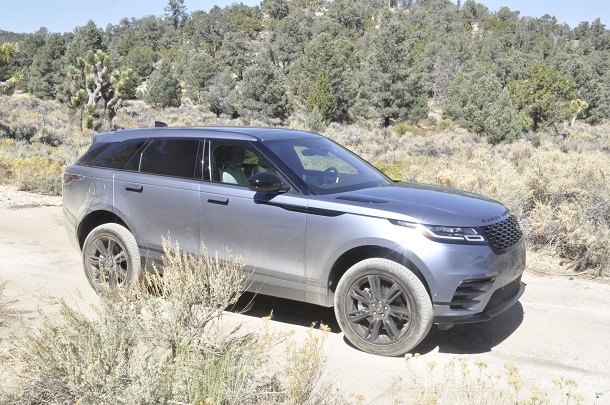


















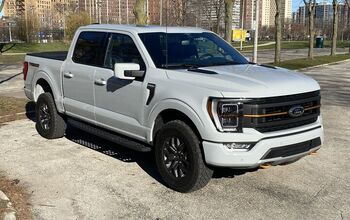
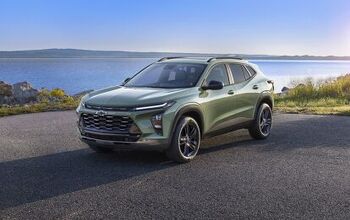
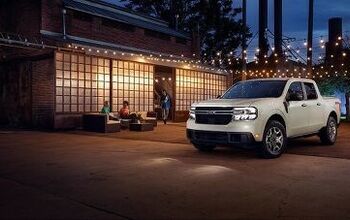
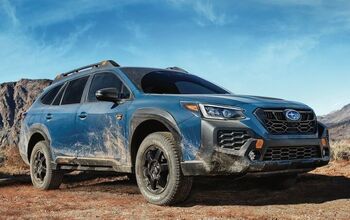
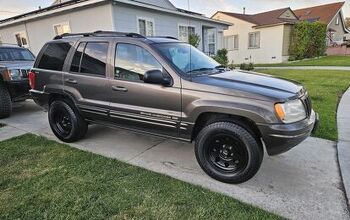
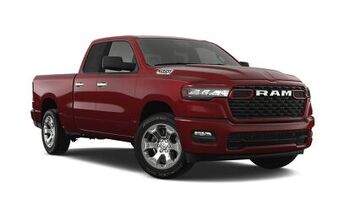
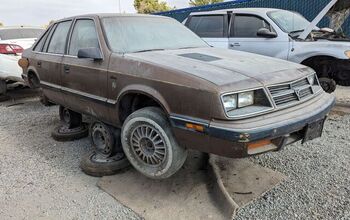
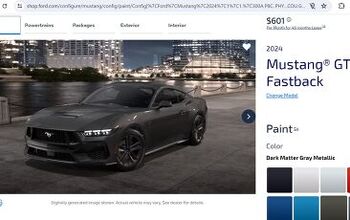
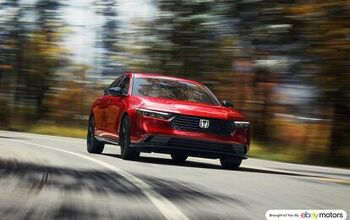
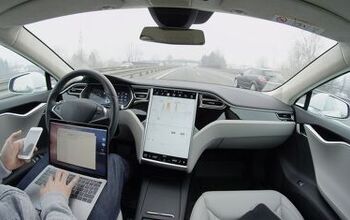
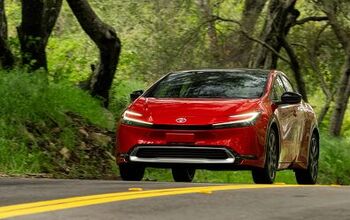

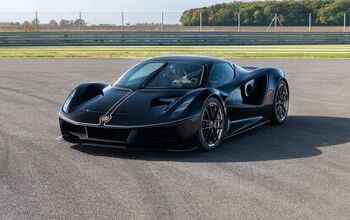


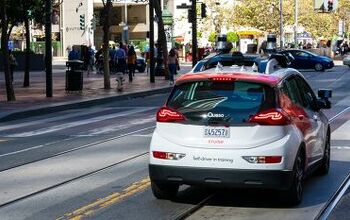

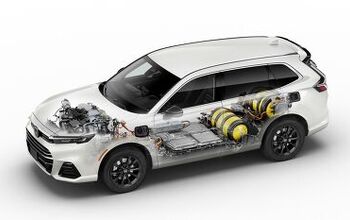
Comments
Join the conversation
Beauty is in the eye of the beholder, but I parked next to one of these this weekend and I thought the exterior was bloated, swollen horsecrap. Like an LR4 that was drowned. Maybe the interior is amazing but I do not see what this brings to the table over a Lincoln or Acura. However, I don't go through the drop-off line at Snooty Acres Elementary so maybe I'm not the target demographic. If your are in the mega-niche that wants to off-road your $60K luxury SUV I'd think the GX460 or Discovery would be the way to go.
I had high hopes for the Velar, and ordered a loaded out version at a price that made me a bit uncomfortable for something sight unseen. When it arrived, I had to pass. The technology was great for a LR product, but it was tight inside and too many cheap bits. When I noticed the dealer also had a perfect 2016 RR Supercharged (big body) with 18K miles for only a few thousand more, that sealed the deal...and I took that one home instead. $25K less than the original price, perfect condition, much more substantial car, the color combo I wanted, and 2.5 years of warranty left. Much better value.